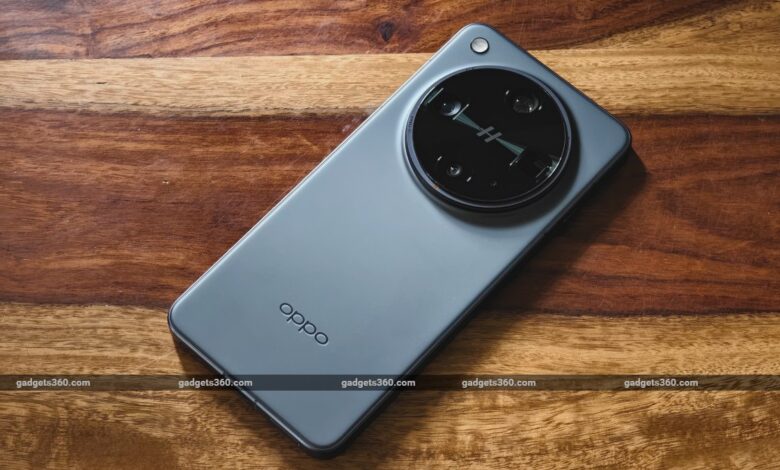Oppo & Hasselblad: AI-Less Photography & Kits

Oppo and Hasselblad: A Continued Partnership in Mobile Photography
Oppo’s commitment to smartphone photography excellence is evident in its continued partnership with Hasselblad. This collaboration aims to push the boundaries of mobile imaging, addressing pain points through software algorithms and capable hardware. The Find X8 Ultra showcases these advancements, with upgraded telephoto lenses and improved low-light performance thanks to the True Chroma camera.
Renewed Collaboration and Future Directions
Oppo recently announced the continuation of its partnership with Hasselblad, signaling a commitment to co-developing next-generation mobile imaging systems. This collaboration focuses on enhancing the photography experience, with Oppo’s Lu ChengHao highlighting the achievements of the Find X series cameras.
Key Questions About Oppo’s Photography Strategy
The renewed partnership raises questions about Oppo’s vision for smartphone photography and its future direction. This article delves into Oppo’s approach to mobile imaging, exploring the potential for technology trickle-down to mid-range devices and the possibility of modular camera accessories.
Hasselblad Tech Exclusivity & Modular Accessory Considerations
No Hasselblad for Reno Series
While Oppo is developing its own algorithms for image processing, the company confirmed that Hasselblad-branded technologies will remain exclusive to the premium Find series. This means that mid-range Reno smartphones will not benefit from the Hasselblad partnership in the near future.
The Potential of a Modular Camera Kit
Other manufacturers like Xiaomi and Vivo have launched Ultra smartphones with optional photography kits, offering manual controls, added battery power, and even physical zoom lenses. When asked about Oppo’s stance on such accessories, Lu ChengHao confirmed that the company is actively exploring the idea.
Principles Behind a Camera Kit
ChengHao outlined two key principles guiding Oppo’s decision-making process:
- Ease of Use: The kit should help regular users capture life effortlessly, focusing on the preview and shutter button.
- Familiar Experience: The accessories should provide a familiar, traditional camera-like experience for photographers.
Addressing Specific Needs
Oppo aims to solve specific photography challenges with its hardware and software. The Find X8 Ultra’s True Chroma Camera, for example, focuses on producing accurate skin tones in portrait photos. The company will consider a camera kit if it addresses a clear need and enhances the user experience.
| Feature | Description |
|---|---|
| Manual Controls | Physical dials and buttons for adjusting settings. |
| Enhanced Zoom | Telephoto lens attachments for superior zoom capabilities. |
| Added Battery | External battery packs to extend shooting time. |
| Improved Ergonomics | Grips and handles for a more comfortable and stable shooting experience. |
The Role of AI in Smartphone Photography
Balancing AI Enhancements with User Control
While AI has become ubiquitous in smartphone photography, Oppo recognizes the importance of user control. The company believes in providing options to disable AI enhancements, allowing users to capture images according to their preferences. Users should be able to turn on or off features such as skin smoothening and digitally-enhanced bokeh.
Two Roles of AI
ChengHao explained that AI plays two key roles in smartphone photography:
- Enhancing Existing Information: Bringing out details that the camera hardware cannot capture.
- Providing New Information: Adding information that does not exist in the original scene.
Oppo aims to strike a balance between AI-powered enhancements and user control, empowering photographers to capture images that reflect their artistic vision. The Find X8 Ultra offers an ‘AI-mode’ that can be disabled, preventing unnecessary alterations to images, particularly when using the telephoto camera at high zoom levels.




